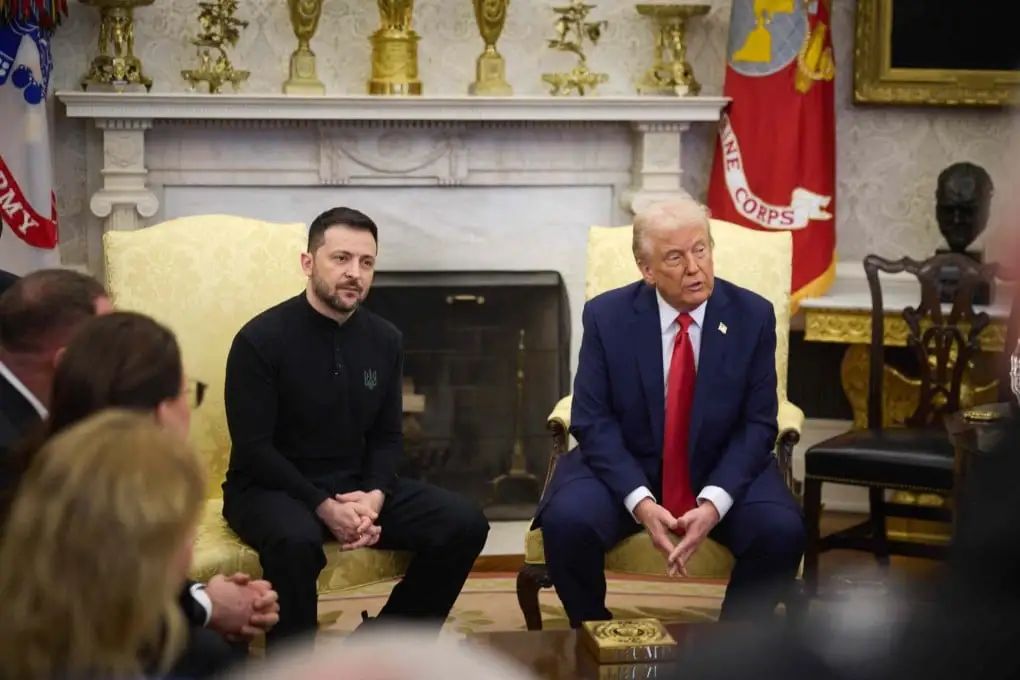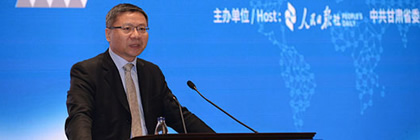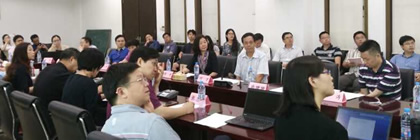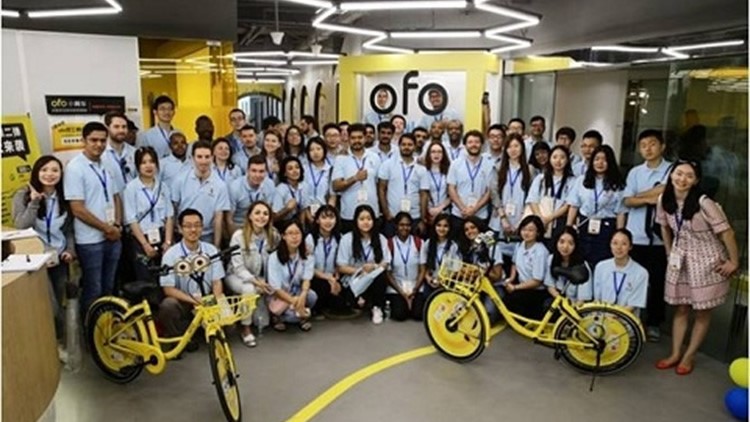
China sees the fallout from last week’s heated talks between the US and Ukraine as a “systemic reordering” of geopolitics, with a rift emerging within the West, according to analysts.
US President Donald Trump’s showdown with his Ukrainian counterpart Volodymyr Zelensky in the Oval Office on Friday has signalled a major shift in Washington’s position on the Ukraine war that is testing the long-standing transatlantic alliance.
European leaders flocked to Washington last week as they tried to secure American support for Ukraine amid a rapprochement between the US and Russia. The two countries agreed last week to take steps to normalise ties after three years of hostility.
But European efforts have been viewed as largely futile since Trump’s verbal attacks on Zelensky last week when the pair failed to reach an agreement to give the US access to Ukraine’s critical minerals in exchange for Washington’s security guarantee.
Sebastian Contin Trillo-Figueroa, a geopolitics analyst on EU-Asia Relations at the University of Hong Kong, said China would pursue involvement in Ukraine talks not as a “selfless broker” but as a “strategic player”, as Beijing was positioned to capitalise on the “rapid disintegration of the West” that legitimises “Beijing’s vision for a post-American world order”.
“China is in Netflix mood: with popcorn and premium subscription, all other plans cancelled, breathlessly awaiting the next instalment of this geopolitical tragicomedy … where America stars as both protagonist and wrecking ball of its own liberal order,” he said.
“For China, America’s abandonment of multilateralism represents opportunity, not threat – as Washington torches its moral authority and alienates allies, Beijing stands ready to fill these power vacuums.”
“China views this moment not merely as a power transition but profound systemic reordering. While Beijing won’t act precipitously – preferring to observe the reality show streaming live from the Oval [Office] – it stands ready with economic incentives, trade deals, and peacekeeping gestures to reshape alignments in its favour,” he added. As transatlantic alliances fracture, China’s ties with the European Union have shown signs of relief recently after being strained for years over Beijing’s support for Moscow during the Ukraine war and trade disputes over the bloc’s tariffs on Chinese electric vehicles. The European Commission has softened its tone on trade tensions with China while Beijing supports Europe’s demand to have a role in any Ukrainian peace process.
Beijing is also reportedly willing to provide security guarantees for a Ukraine peace deal as well as peacekeeping troops. In response to the Trump-Zelensky meeting, China, which has positioned itself as a peacemaker throughout the war, said on Monday that it supported all peace efforts and expressed hopes that all stakeholders could find a “sustainable and lasting solution” that considered each other’s concerns. Beijing added that it would continue to play a constructive role in achieving peace in the Ukraine crisis.
Ding Chun, director of the Centre for European Studies at Fudan University in Shanghai, said China had to “assess the situation and decide what to do to benefit world peace and stability and its own development”. “But in fact, the bullets are still flying. And the biggest variable here is still Trump,” he said.
Ding said that Trump’s apparent strategic pivot to Russia had shaken the foundation of the US alliance system, while Zelensky’s apparent unwillingness to back down during the White House meeting could also be seen as a setback to Trump’s Ukraine ceasefire plan. “The Trump-Zelensky dispute makes Zelensky more like a tragic hero and has bought time and space for him and Europe. The Europeans now are coming up with their own solutions,” Ding added. Trump administration officials reportedly proposed ceasefire agreements favouring Moscow’s terms. These would require Ukraine to abandon its bid to join Nato, the transatlantic security alliance. It would also have to give up Russian-occupied territories in the east.
On Saturday, US National Security Adviser Mike Waltz also suggested that Zelensky be replaced, saying the US needed a Ukrainian leader “that can deal with us”.
Following the Oval Office meeting, Zelensky said replacing him would “not be simple” and insisted that his nation must be allowed to join Nato before he would resign. Zelensky won support from European leaders at a summit in London over the weekend, held just after his meeting with Trump.
UK Prime Minister Keir Starmer, French President Emmanuel Macron, and Italian Prime Minister Giorgia Meloni were among those who took part. They agreed to prepare Europe’s own peace plan calling for a one-month ceasefire. They hope to obtain US support for the plan. Yang Cheng, executive dean of the Shanghai Academy of Global Governance and Area Studies, suggested that China could accelerate a new round of shuttle diplomacy – a practice in which a mediator travels back and forth between different parties in a conflict to help with negotiations or communication. Since the war started in 2022, Beijing has put out multiple position papers calling for a ceasefire through peaceful negotiations. It has also engaged in shuttle diplomacy in Europe and the Global South to promote peace talks in international settings.
“It is particularly important to accurately gauge the positions of all parties at this stage,” Yang said. “But regarding whether to immediately propose new initiatives or promote a Global South-led Ukraine peace summit, the US, Russia, Europe and Ukraine are still in a complex game.”
“Only when all parties realise that their plans have major flaws will they finally look to the rational plans of China and other Global South countries,” he added.






